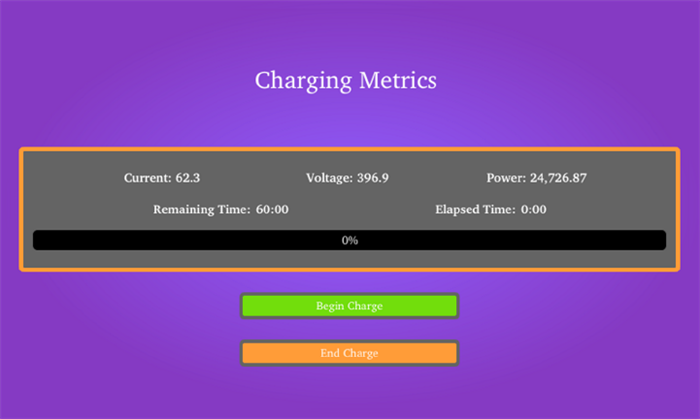SSZT885 November 2017 AM3351 , AM3352 , AM3354 , AM3356
As more people own electric cars and plug-in hybrid electric vehicles (PHEVs), the electric vehicle service equipment (EVSE) infrastructure will need to support all of the extra battery-powered vehicles on the road. To address the quickly growing demand, EVSE components should be low cost and quick to set up.
A charging station typically includes current sensing and digital processing to monitor power delivery to the vehicle. Sometimes a charging station may include a human machine interface (HMI) to provide a more intuitive user interface. In this blog post, I’ll focus exclusively on the HMI component.
One way to reduce HMI costs is to use a resistive touch screen instead of a capacitive touch screen. Resistive touch screens can still recognize basic gestures and respond to gloved fingers. The costs of a resistive touch-sensing screen are usually much lower than a comparably sized capacitive screen.
Another point of consideration is software development. An open-source operating system like Linux® offers a free development platform with broad community support. Additionally, existing graphics libraries like Qt provide a starting point for developing HMI elements including text, images and progress bars. Figure 1 shows an example charging metrics screen.
 Figure 1 Example Charging
Screen
Figure 1 Example Charging
ScreenThe HMI unit could also integrate communication functions to relay information over Ethernet or a wireless network to a centralized station in order to monitor usage statistics or report any damage to the charging unit. Additional communication could include information about local attractions or news while the car is charging.
One way to quickly implement a low-cost HMI system is with a Sitara™ AM335x processor. Based on an Arm® Cortex®-A8 processor, this family of processors is capable of speeds from 300MHz to 1GHz and comes with many communication peripherals, such as Controller Area Network (CAN), Ethernet or Universal Asynchronous Receiver-Transmitter (UART). Some devices in the AM335x family also include a 3-D graphics accelerator.
To get started, TI offers the AM335x starter kit with an included resistive touch display, and a processor software development kit with several demos on Linux. The processor SDK includes Linux and real-time operating systems (RTOS), along with hardware abstraction layers to make applications portable across different devices.
Even though AM335x processors make sense for a low-cost EVSE HMI, you may want to integrate additional features to provide a wider range of performance. All of the existing software development on an AM335x processor can be migrated to other Sitara devices, since the processor SDK supports all Sitara processors. A high-performance AM57x processor can handle additional video capabilities, such as streaming high-definition video up to 1080p while the car finishes charging. Another example is the integration of a secure payment module, where an AM437x processor can enable security features like secure boot.
Additional Resources
- Check out the Human Machine Interface (HMI) for EV Charging Infrastructure Reference Design.
- Read the white paper, “Scalable solutions for HMI.”
- Learn about the latest technologies that will speed the adoption of EV charging.